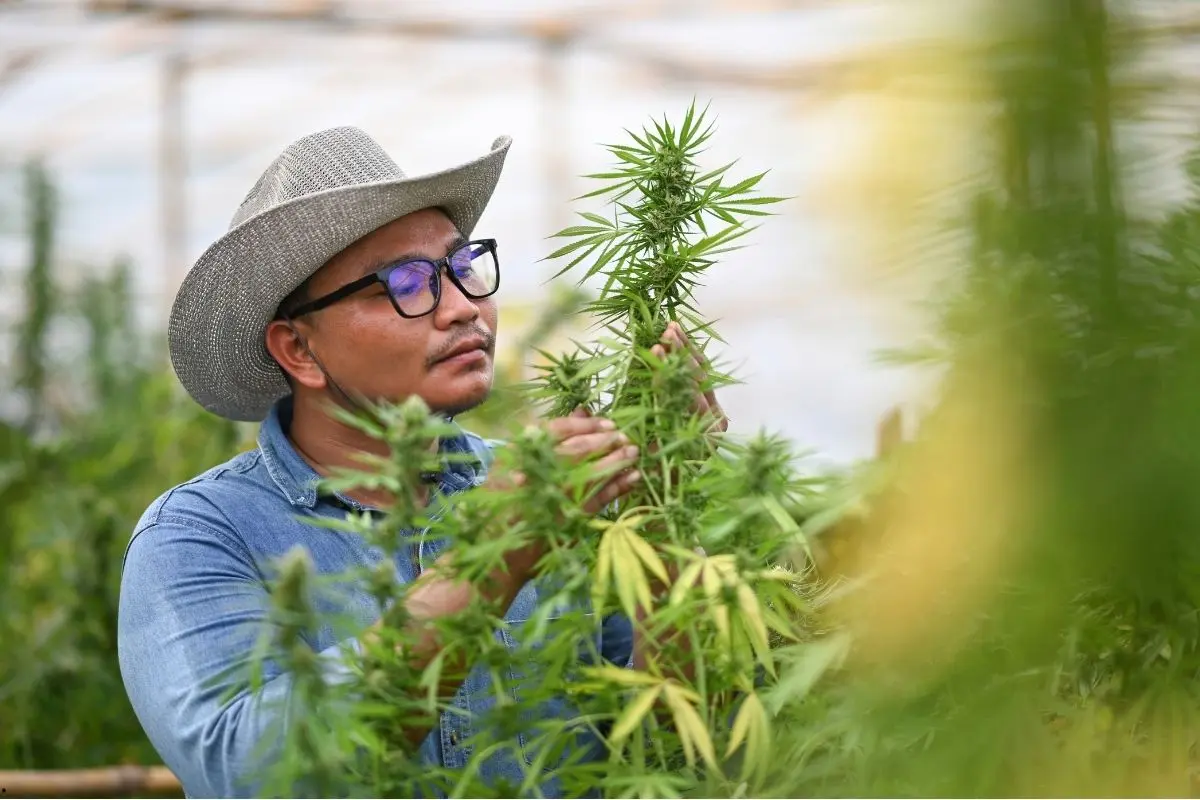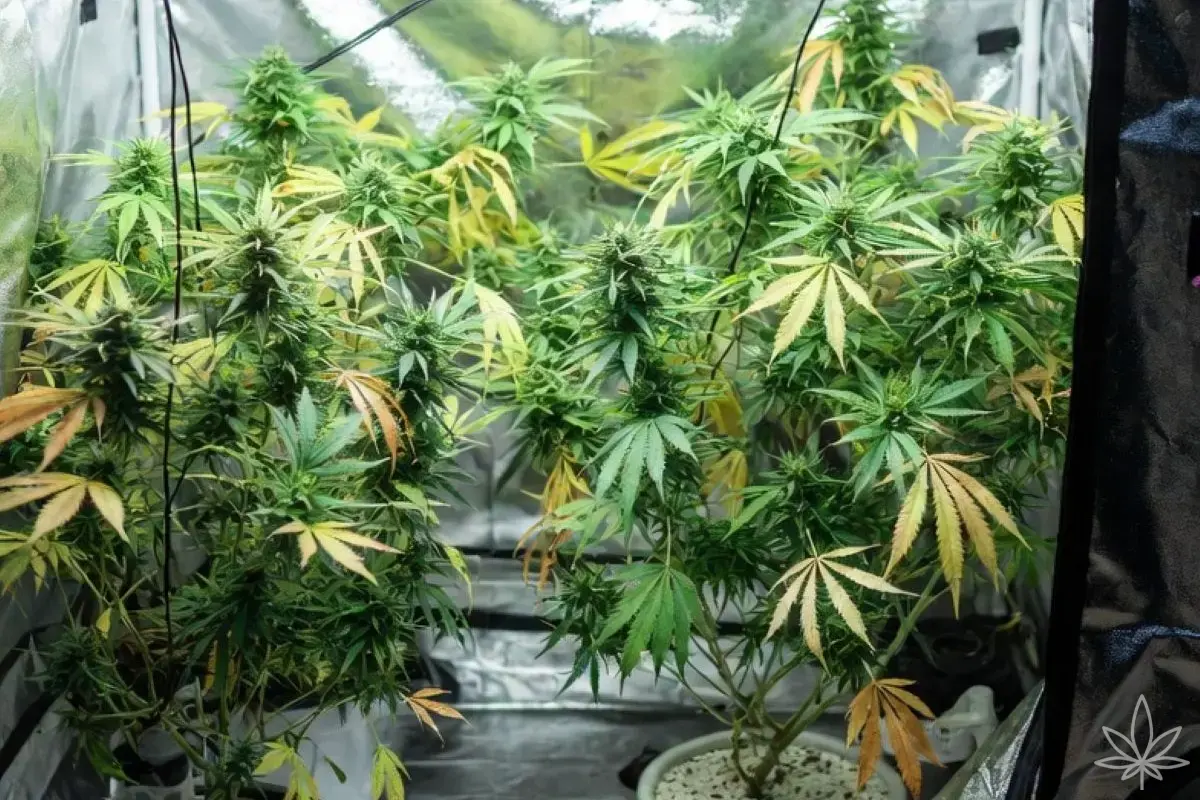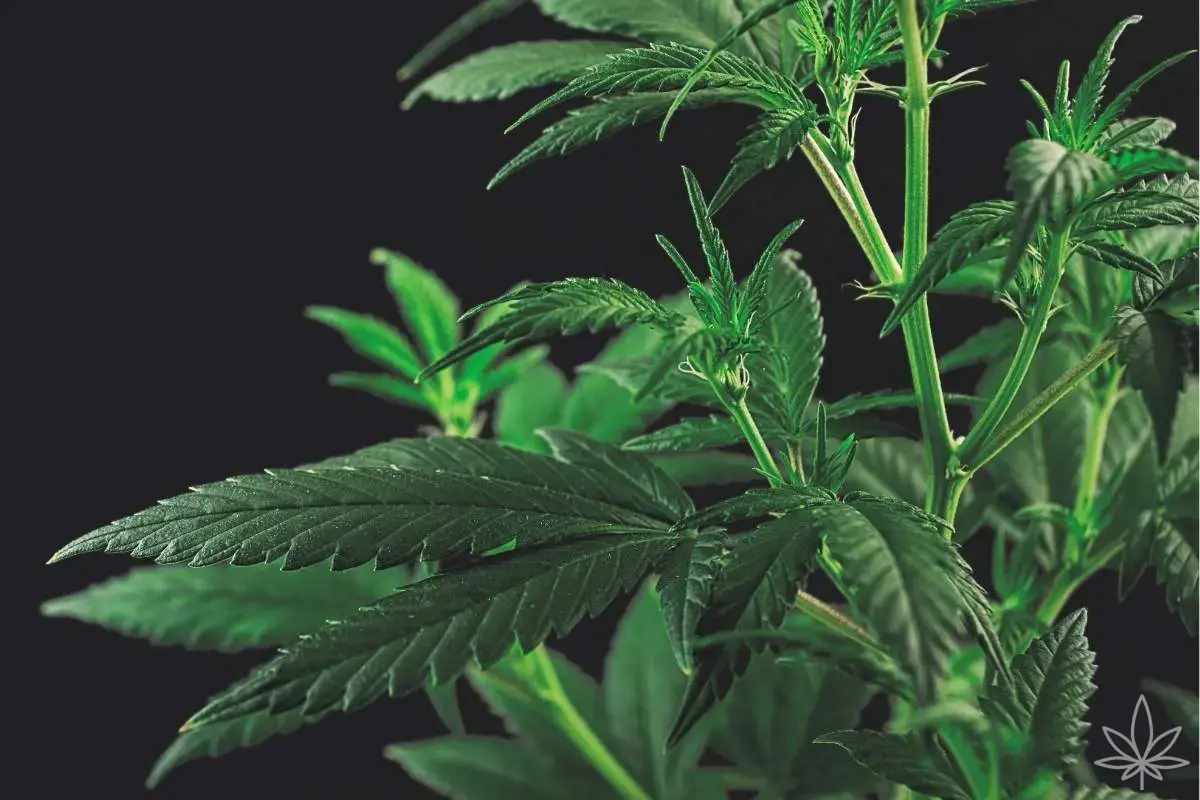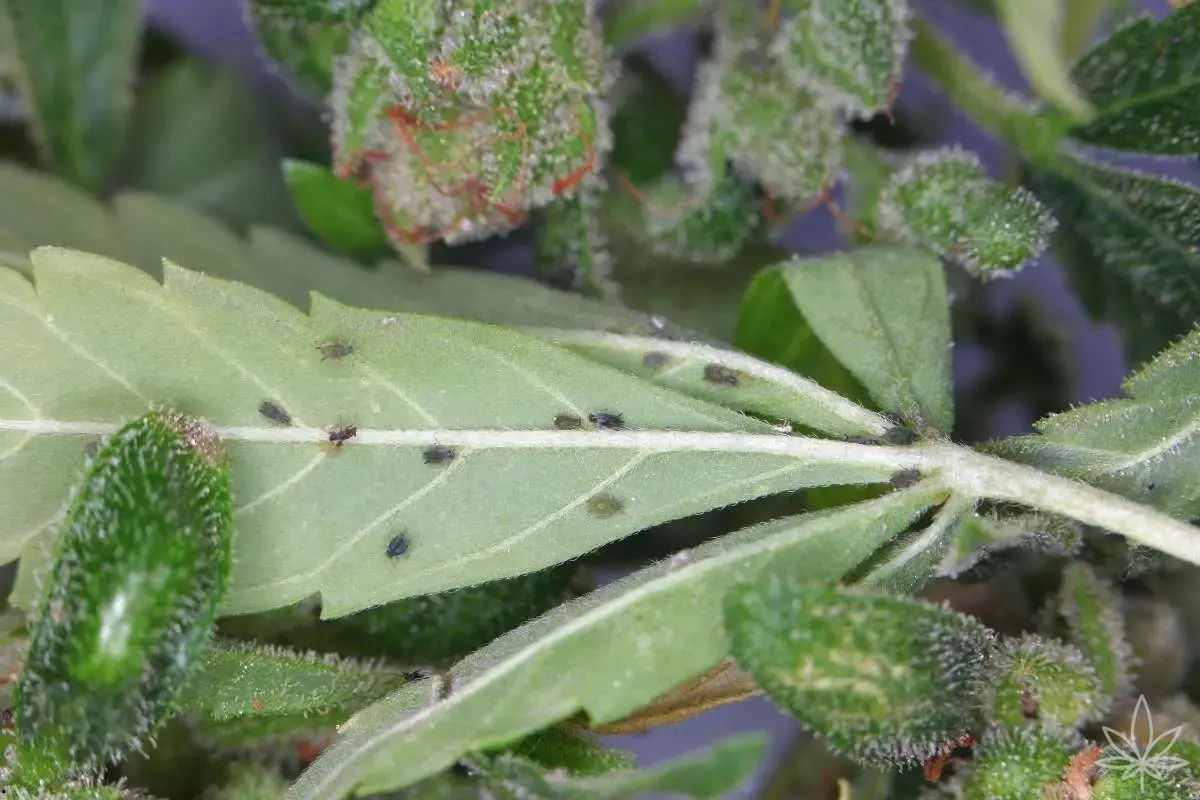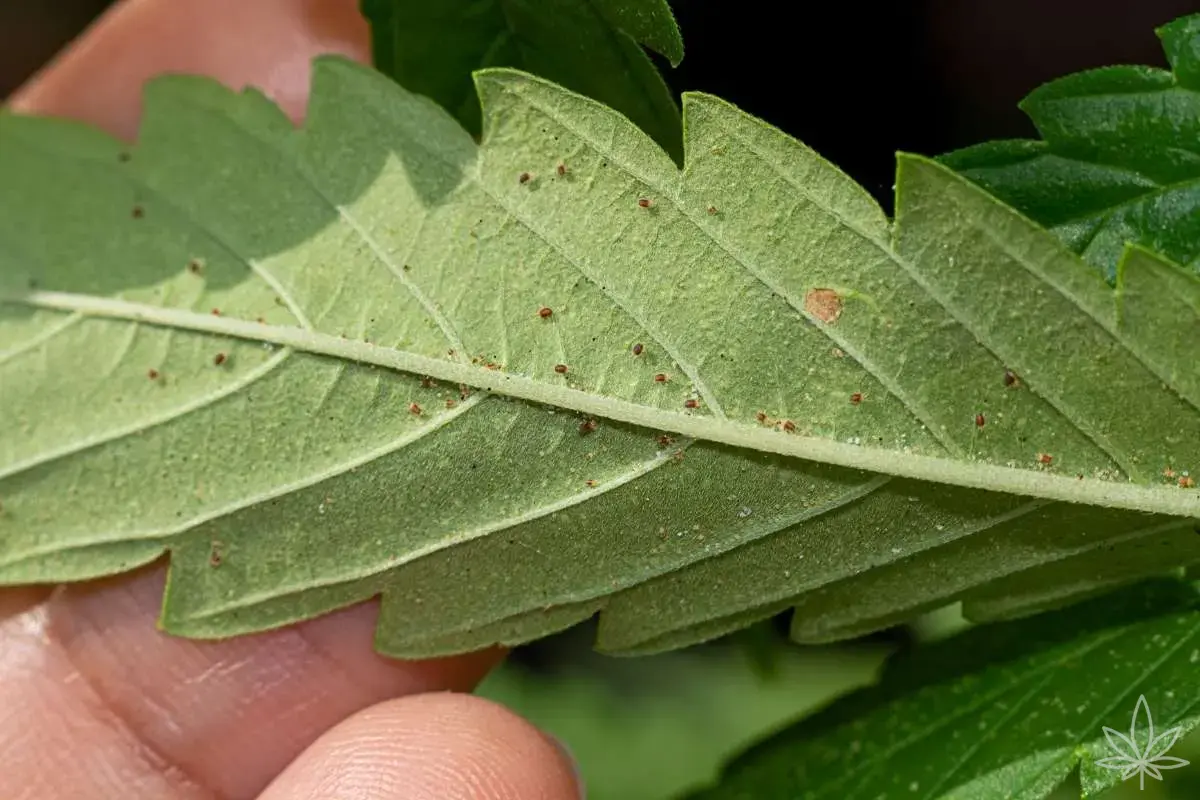Imagine your plants are like little kids at daycare – when something’s bothering them, you see it right away… either on their “faces”… or, in this case, their leaves! Here’s how to play plant detective, spot the culprit behind spots, discoloration, or holes, and solve the leaf mystery step by step.
1. See a spot? Start by looking closely!
Take a look – is it just one spot, or many? Did it show up suddenly, or is it spreading slowly? Is it like a nice circle or all irregular? All diagnostics start with a careful look: being a leaf detective is about details!
Kid, a cannabis leaf is like a treasure map – every spot is a clue!
2. Color of the spot – your first big clue!
Yellow spots: Usually mean deficiencies (nitrogen, magnesium, iron), sometimes the first sign of a virus. They can also appear from too much moisture or weak light.
Brown/rusty spots: Classic for fungi (rust, septoria) but can also indicate deficiencies (potassium, calcium) or light burn. Dry, crisp edges are often a sign of not enough water or nutrient burn.
White/silvery spots: Spider mites, powdery mildew, or minor spray damage.
Red/rust-colored spots: Most often fungi (like rust) or rarely magnesium or phosphorus deficiency.
Black spots: Advanced fungal or bacterial infection, sometimes wet rot. Rapid spread is reason to panic – time for plant quarantine!
3. Side of the leaf and shape of the spot
Flip the leaf – are the spots underneath? That points to thrips, spider mites, or fungal disease. Are there round spots with yellow halos on top? Likely septoria or bacterial leaf spots. Tiny holes or “tunnels”? That’s a miner bug larva chewing out a path inside!
4. Growing environment and humidity
Ask yourself:
Has it been really humid lately? That makes fungi (powdery mildew, botrytis, alternaria) more likely.
Too dry? Crisp edges and curling leaves mean either a lack of water or lights too close!
See any webbing? That’s spider mites, and sticky spots mean you’re dealing with aphids or thrips.
5. How fast is it changing?
Fast changes (1–3 days): Almost always a pest outbreak, fungal attack, or severe light/nutrient burn.
Slow change, spreading leaf to leaf, bottom to top: Typical of nutrient deficiency or gradual pH drift.
Sudden holes and “bites”: Caterpillars, slugs, or beetles out snacking at night!
6. Spot pattern/shape – what’s the culprit?
Round yellow/brown spots, mostly lower leaves: Septoria, anthracnose – classic leaf diseases, especially in humidity.
White “moldy” spots: Powdery mildew – looks like your plant has been dusted with flour.
Irregular “mosaic” patterns: Often viral sign, like cannabis mosaic virus.
Brown, crispy leaf edges: Too high/low pH, too much fertilizer, or light/stress burn.
7. Common scenarios – real-life examples
Yellow, V-shaped discoloration from tip to center: Nitrogen deficiency, typical during flowering.
White, silvery spots plus sticky residue: Spider mite (look for fine webbing!).
Large, wet or black spots on older leaves: Fungal/bacterial infection or root overwatering – your plant is begging for airflow and drying out.
Little holes, tunnels: Leaf miners, bug larvae – remove the leaf quickly, sometimes organic sprays help.
8. Other: Abiotic factors and odd symptoms (bonus)
Reveg “weird leaves”, twisted shapes: Changing light schedule on photoperiod plants can cause “reveg leaves” – don’t panic, just watch!
Pigment shifts and marking on veins: Sometimes, mosaic or rosary marks on the veins mean stress (drought, sudden temp changes).
Ring spots with yellow edges: Sometimes point to viral infection – here, isolation is key, as most viruses can’t be fixed.
9. Hygiene and prevention – your best weapon!
Regularly remove sick leaves and debris from beneath the plant to minimize disease spread.
Airflow, regular pH checks, a healthy soil mix with microbes and mycorrhizae – essential to strong plant “immunity.”
After every intervention – wash your hands, change gloves/tools. Just like washing up before dinner!
Summary – Your plant detective algorithm for diagnosis
Spot? Look at color and shape.
What side of the leaf? Check under the light.
Ask yourself: what’s the humidity, any changes in the grow, any pests?
Observe: does the leaf change by the day or week?
Remember: Not every spot is a fungus, not every yellow leaf is hunger – but every change is a clue!
Track and write down changes, treat your plant like your own little buddy.
With this “cannabis leaf problem guide,” you’ll solve mysteries faster than even the oldest pro at the grow shop!

